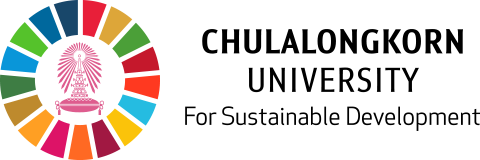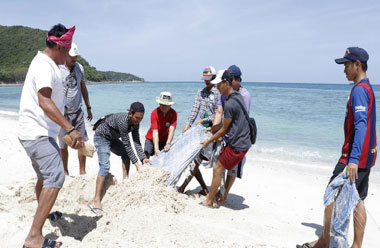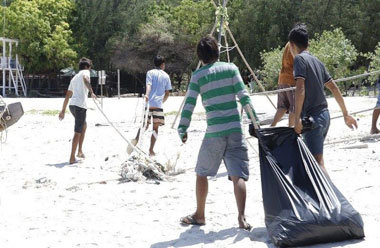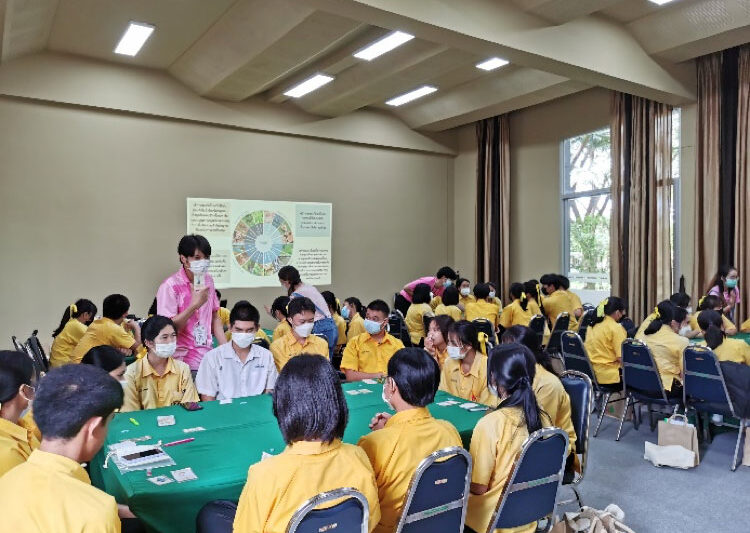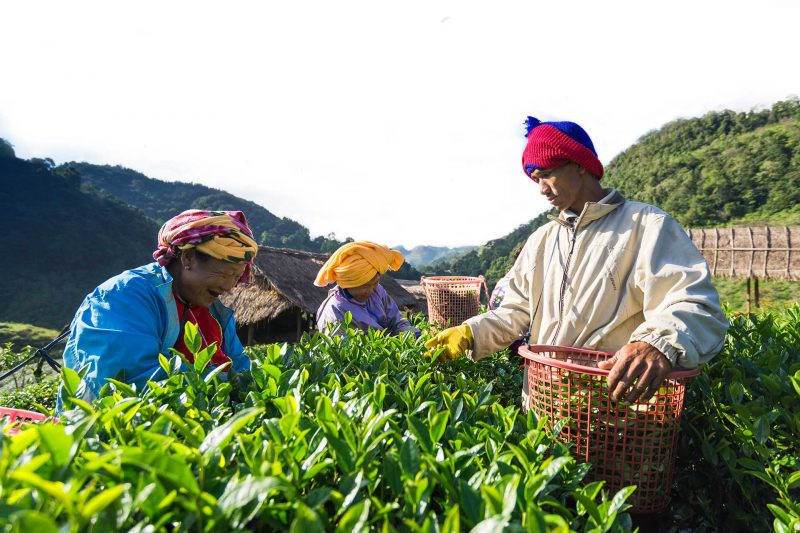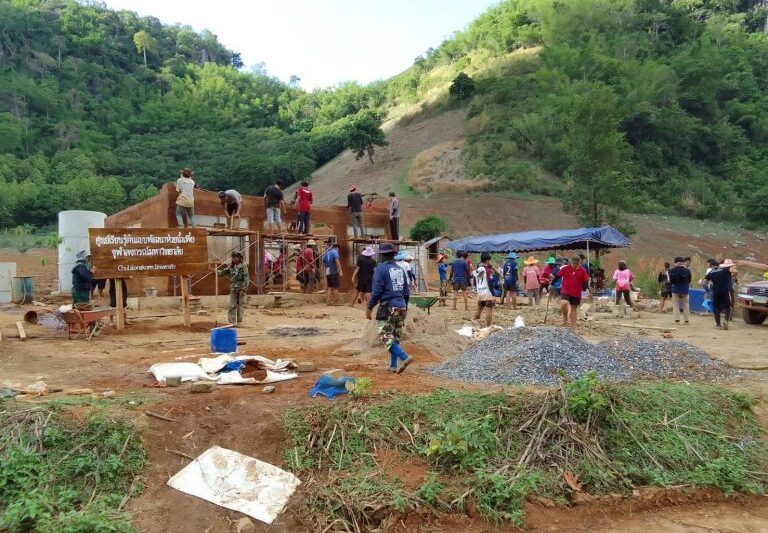Chulalongkorn University Initiating “Sameasan Model” to Solve Thailand’s Excess Marine Wastes
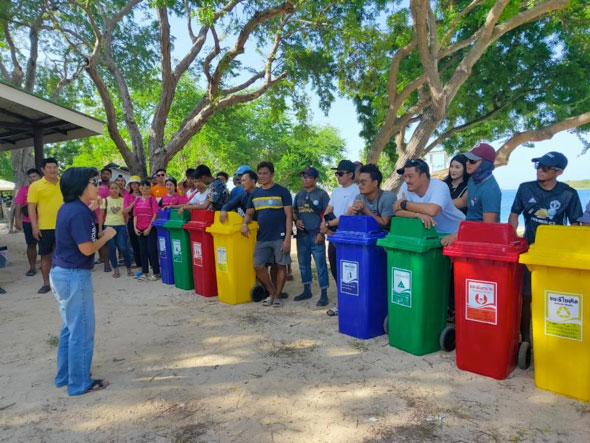
Chulalongkorn University – the Marine Science Department, Faculty of Science and the Aquatic Resources Research Institute – has revealed the success of the Sameasan Model, intended to resolve the issue of waste inputs from land into the sea of Chonburi Province. By means of the 3Rs principle, the number of wastes in the Sameasan area has been dwindled by 30 percent, signaling a promising plan to implement the model at the national level.
From the Discipline of Marine Science to the Development of Sameasan Model
Sameasan Model or Waste-free Sameasan is one of the projects to eliminate marine wastes in Thailand. Entitled “the Community Awareness Building on Waste Management and Separation to Prevent Waste Inputs into Sameasan Sea Areas,” the project has been operated by the Marine Science Department, Faculty of Science in collaboration with the Aquatic Resources Research Institute. The National Research Council of Thailand has also contributed to the project by investigating and researching the effects of marine wastes and microplastics on marine creatures and residents in the Sameasan community, Sattahip District, Chonburi Province. In addition, the local collaboration, led by Samaesan Subdistrict Administration Organisation, Sattahip Naval Base, and the civil society in the area, has resulted in a framework to raise public awareness of the importance of conserving the marine environment. The knowledge of waste reduction and separation has also been communicated to the community, which can be considered a social innovation that embraces not only participatory research but also awareness and community building. The underlying principles of the project in Sameasan derive from Chula Zero Waste, an intra-university project to manage wastes in Chulalongkorn University. The Japan International Cooperation Agency or JICA has as well supported the project by providing instruments used to explore the number of marine wastes on Samaesan Island. JICA has subsequently brought about recommendations for government agencies concerned in order to monitor, follow, and prevent marine waste pollution caused by plastic wastes. Through the 3Rs principle (Reduce, Reuse, and Recycle), this has been conducive to 30 percent of wastes eradicated from the area.
Professor Dr. Suchana Chavanich, Department of Marine Science, Faculty of Science, Chulalongkorn University, who initiated the project, stated that the parties associated and the community shared the common goal: “The fact that the area is Thailand’s first successful experiment station for sexual propagation of coral has gained public traction and support in terms of marine conservation. Situated close to Bangkok, the area is also suitable for the tourism industry, particularly among ecotourists. These factors have pushed forward the collaboration of the community and tourists to reduce and separate wastes so that the Gulf of Thailand is not affected by such refuse.”
Excess Marine Wastes in Need of Root Cause Resolution
Furthermore, Professor Dr. Suchana Chavanich has pointed out the impacts on the environment: “Currently, Thailand has experienced a challenging issue of waste inputs from land into the ocean due to inappropriate water management. Single-use plastics accounted for the majority of wastes, are not only non-biodegradable but also split into microplastics and nano plastics which pose a threat to the ecosystem by contaminating the sources of food on which marine creatures feed. Humans, in turn, consume such creatures. One of the studies has argued that a person’s body consists of more than ten thousand pieces of microplastics. Although it takes 5 to 10 years to confirm the effects of microplastics on human health, people are suggested to in no time reduce and stop the use of single-use plastics. It is, thus, significant to enact a policy and measures to minimize and eliminate wastes so as to prevent them from entering the ocean.
The success of and knowledge from the project has led to a waste management framework to reduce wastes both nationally and internationally. This has produced an empirical piece of evidence at the local level which shows that when there is no trace of marine wastes found in the marine creatures harvested and the number of microplastics in the ocean – one of the sources of the demise of marine creatures – is lowered, the balance and the biodiversity in the ecosystem are restored. The project is now extended from the area of Sattahip District to other areas in Chonburi Province including Pattaya City and Ang Sila District. Apart from that, the Department of Marine and Coastal Resources and the Department of Pollution Control have implemented the project to reduce wastes in the country at the policy level, starting from Rayong province.
Leveraging the Success of “Sameasan Model” to the International Level
Sameasan Model, along with the knowledge on plastic waste management, has led to the establishment of multilateral international networks as platforms to disseminate such knowledge and strengthen public awareness. Two major organizations are IOC/WESTPAC, which functions under UNESCO-IOC, and the United Nations Environment Programme (UNEP). Further, a bilateral collaboration project on marine waste management and research between Thailand and Japan has been launched and led to the formation of a research center at Chulalongkorn University which is funded by Japan International Cooperation Agency (JICA), in alliance with 7 Japanese universities, namely Kyushu University, Tokyo University of Marine Science and Technology, Tokyo University of Agriculture and Technology, Kyoto University, Kumamoto University, Chuo University, and Kagoshima University. The ultimate goal is to reduce marine wastes and return balance to every single marine creature in the Thai seas.
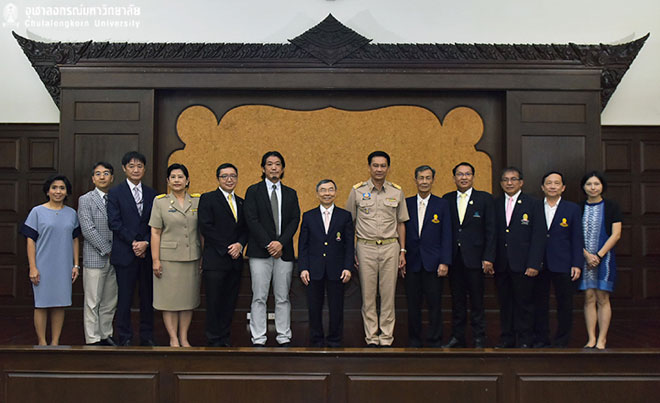
BY
Faculty of Science, Chulalongkorn University
Related articles:
Others
